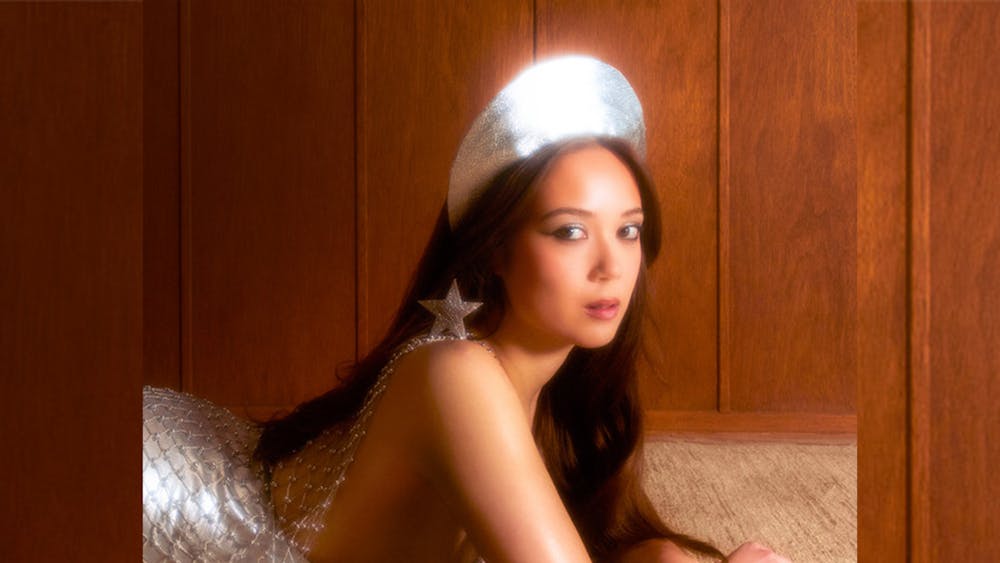CHICAGO -- With the bleat of a Chinese oboe, the ghostly tone of a conch shell trumpet and the intricate rhythms of East Asian, Central Asian and Western drums, Chicago kicked off a yearlong celebration of world cultures.\nA ceremony on the front steps of the Art Institute of Chicago inaugurating the "Silk Road Chicago" exhibit also featured Chinese lion dancers, classical Indian dancers and performances by members of cellist Yo-Yo Ma's Silk Road Ensemble.\nThe cellist's multicultural work, symbolized by the ancient Silk Road that connected East Asia and Europe, inspired the Chicago project, said Art Institute president Jim Cuno.\nOfficials with the Chicago project promise hundreds of performances, lectures, special exhibitions and other events over the next 14 months. The Art Institute alone plans 11 related exhibitions through next October, plus its central contribution, "The Silk Road and Beyond: Travel, Trade and Transformation," which opened Saturday.\nSilk Road Chicago will also involve Chicago musical organizations, such as the Chicago Symphony Orchestra, and art galleries, as well as the city-run Chicago Cultural Center.\nMa, who plans to take an active part in the ambitious project, has defined his metaphorical Silk Road as "the place where strangers meet."\nCuno said in an opening address Saturday that such meetings provide the cross-pollination of art.\n"No great work of art was ever made in isolation," he said.\nDespite the musical fanfare that accompanied the exhibition's opening, it was quiet in the small galleries where "The Silk Road and Beyond" was centered. The exhibition, which will change art objects three times before closing in April 2007, is meant to provoke quiet thought.\nThe antithesis of the traveling "blockbuster" shows that are popular at modern museums, "Silk Road" stresses the interrelatedness of the works, rather than the appearance of the pieces themselves.\nAll works on display are from the Art Institute's permanent collection.\nAfter seeing the exhibition, visitors will be encouraged to wander through the rest of the museum, where related works are labeled.\nIn its initial configuration, "The Silk Road and Beyond" has two underlying themes: silk itself and the color combination of blue and white, which graces so much Chinese porcelain.\nThere's a blue and white silk robe worn by a Qing Dynasty emperor on semiformal occasions. Nearby are Japanese woodcuts depicting silkworm culture and silk production. Then there's a 17th-century silk wall hanging from Ottoman Turkey, which includes tulips in its design.
"Silk was a great East-West trade commodity, but so were tulips once the Dutch learned about them from the Turks, who found them in Central Asia," said Cuno.\nSure enough, the next piece is a 17th-century Dutch trompe-loeil still life featuring tulips and a silk curtain.\nA striking blue-and-white porcelain vessel trimmed in silver is a cross-cultural case study all on its own.\n"It's called a 'kendi,' which was a Malay word for a water ewer," Cuno said. "But this one was made by Chinese artisans -- and it was made for the Ottoman trade. When it got to Turkey someone used it for a hookah, and then an Englishman bought it, had British silversmiths work on it and used it to serve wine."\nOne of the museum's treasures, an exquisite T'ang Dynasty horse, is in the same room. It's a puzzlement at first because it isn't blue-and-white and seems to have little to do with silk.\n"People forget that trade goes both ways," Cuno said. "We call it the Silk Road because the West wanted silk from China. But the Chinese kept the route open because they needed horses from Central Asia. From a Chinese perspective, it's the Horse Road"





